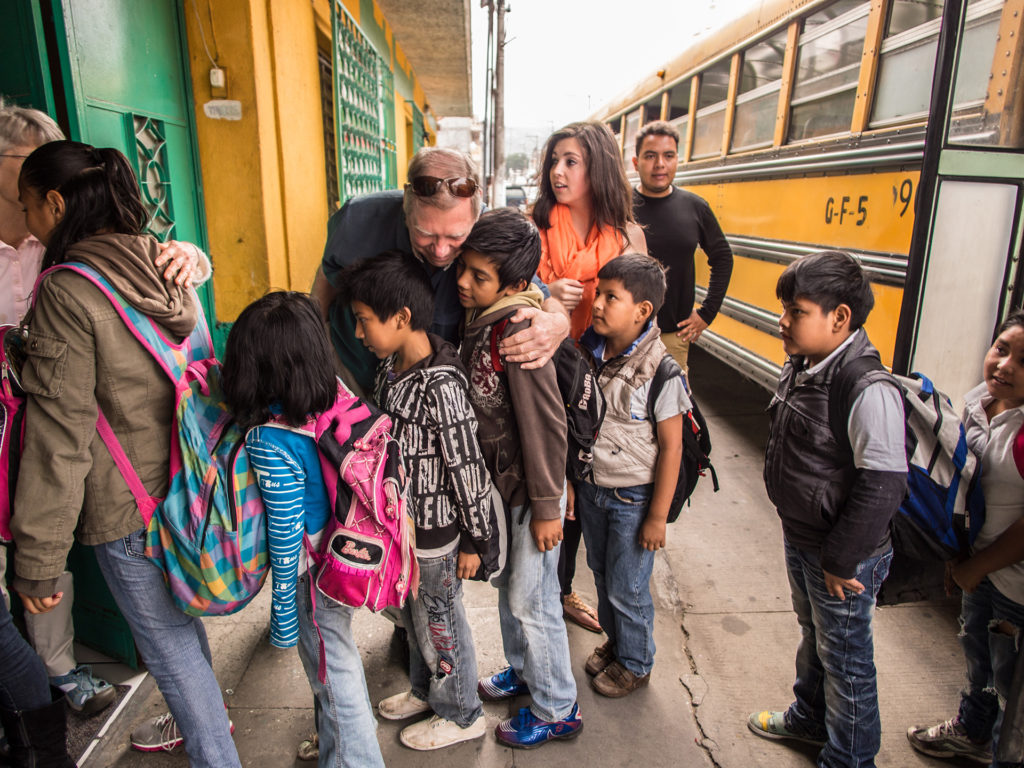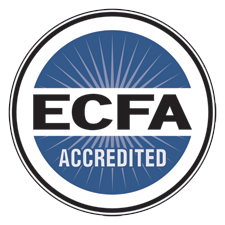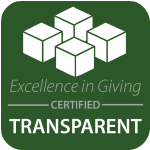Have you ever wondered how a HopeChest partnership gets started? You hear about people sponsoring kids, raising money for development projects, and visiting their CarePoints, but how does it all begin? One of the first steps in developing a Community-to-Community partnership is taking a Vision Trip. This week on HopeChest Insights, we’re talking with Wil Crooks, HopeChest’s VP of Strategic Partnerships, about his most recent Vision Trip with a group of pastors and community leaders.
Where did you go?
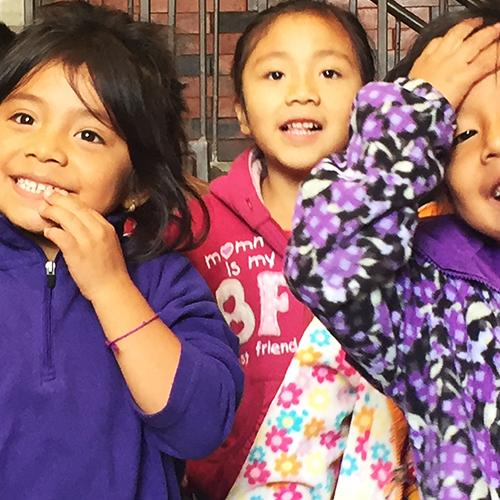
I went to Guatemala, and we were on the ground for three full days. We saw three CarePoints: Energes in Jalapa, My Special Treasure – Education Center in Chimaltenango, and Operation Rescue in Guatemala City.
What does a Vision Trip look like?
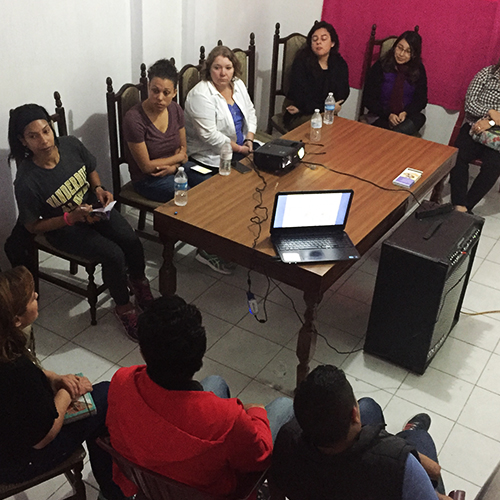
The purpose of a Vision Trip is two-fold. First, it’s to help a potential partner gain a deeper understanding of HopeChest’s unique Community-to-Community partnerships.
Second, is to build trust and relationship with the in-country staff in the hopes of bringing in a partner. It’s also so the local staff can learn and trust the partner church as well. The indigenous staff is with us the whole time and we go to available locations that are in need of a partnership.
At each location that we visit, we do three things:
> We sit down and have a meeting with the leaders at the CarePoint. They share what the current challenges are in the community, what their ministry is doing about those challenges, and what their vision is for the future. They discuss how they can become sustainable and the difference a partnership can make in transforming the community, because the development work is ultimately up to the local leaders – we come alongside THEIR vision for THEIR community. They own their success. The church community becomes the catalyst for that success.
> We play with the children, get to know stories and names, interact and build relationship.
> We walk in the community to get a sense of where these children come from, what their home life is like, where the resources are, water, schools, medical, churches, etc.
Also on a Vision Trip we experience cultural activities, so for this last trip we experienced the Guatemalan culture by visiting a coffee roaster and touring the beautiful city of Antigua.
Share about a CarePoint leader you met with and what his or her vision for their CarePoint.
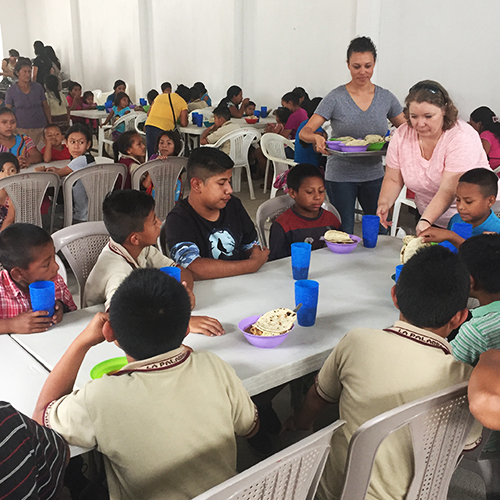
At Operation Rescue in Guatemala City, Giuseppe is the leader. His ministry has four different components to impact the community.
> School
Giuseppe’s school is called “Lean On Me.” The kids that attend this school live in the slum and their parents work in the dump, which is the largest dump in Central America. As soon as the kids walk off the bus, the staff lines up and gives each child a hug as they enter the school. The hug is significant because it shows the kids that this is a safe place where they are loved and the school is a safe place where they can focus on more than survival, because in the slum they have to deal with realities like poverty, rape, and gangs. After the kids enter the school, they’re fed breakfast. An English teacher has been hired so all the kids learn English, which gives them a greater opportunity to find work when they graduate. They’re also trained in computer skills and technology.
>Street ministry
Three times a week, Giuseppe goes out in the street with a team and ministers to the prostitutes and homeless. Many of these people are desperate, strung out on drugs, and there’s a strong smell of glue that they’re inhaling to cover their hunger pains. Giuseppe’s team shares food and drink with the people on the street, as well as love and the Gospel.
> The Joseph Store
In the Bible, Joseph stockpiled the grain in the silos to save the Egyptians during the time of famine, so Giuseppe calls his storehouse “The Joseph Store.” He gets donations from people, like baby items, food, and electronics, and he uses this storehouse to give them away to the poor in his community.
> Summer camps
Giuseppe also runs summer camps for the older children just like we send our kids to. The camps are an opportunity to deepen their faith and get counseling and healing, participate in vacation Bible school activities, sports, and team building activities.
What’s your favorite thing about taking church and community leaders on Vision Trips?
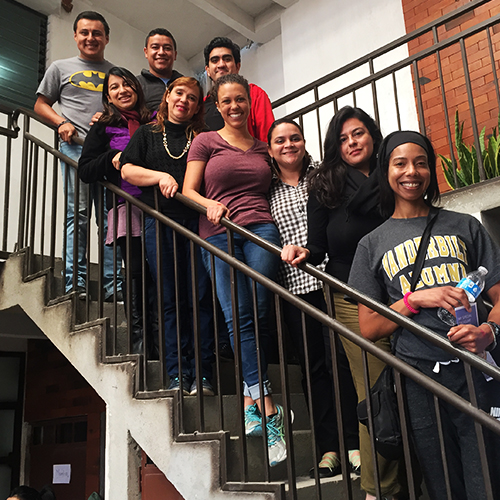
What I love about Vision Trips is the hands-on invitation to be a part of a great work. Our indigenous leaders have incredible vision and passion for their community. When churches and communities partner with CarePoints and local leaders around the world – big things happen. I know their lives are going to change. They’re going to encounter God by doing this. Jeremiah 22:16 says, “If you want to know God, defend the cause of the needy.”
What’s one thing that you hope potential partners come away from a Vision Trip thinking?
I want them to come away seeing how their community can be used by God to defend the cause of the poor and needy, how this will impact and help disciple their congregation, and how to engage cross culturally in a healthy way, not creating dependency.
Interested in learning more about how you can join an upcoming Vision trip? Click here!

